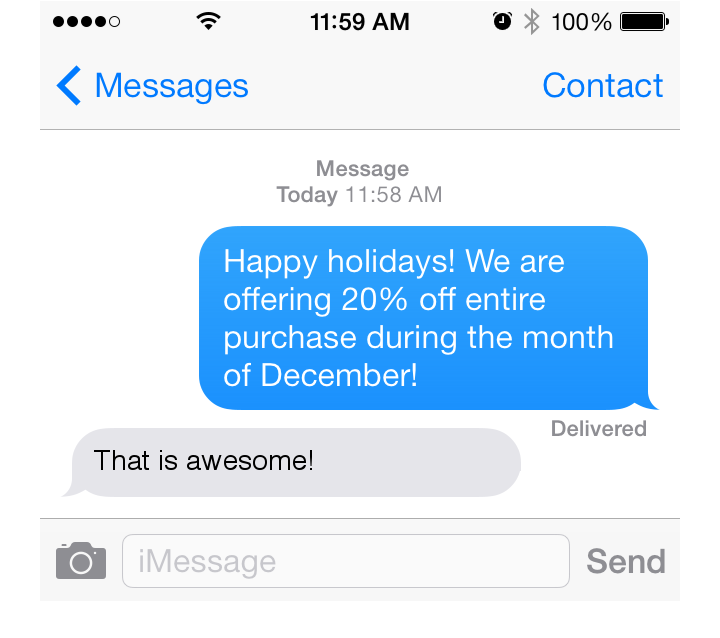
According to a recent report issued by Chief Marketer, just 20% of marketers are currrently engaged in SMS marketing campaigns. Despite such a small proportion of businesses using texting as part of their strategy, its use has grown by 197% since November 2011. Change might be slow - but it's definitely taking place.
Meanwhile, email open rates have been dropping dramatically. The average person receives so many emails each day that their electronic spam filter is augmented by a sort of mental filter. They ignore or delete a high percentage of their daily messges, only regarding those they want or recognize. For Gmail users, there is even a setting capable of filtering messages so they only receive emails from their most commonly-opened contacts.
From a marketing perspective, this is where SMS can fill in a lot of the cracks. SMS marketing effectively removes those filters and - once an audience is established - will virtually guarantee the delivery of messages to that audience. In overwhelming numbers, text messages get delivered, AND they get viewed. What it is that gets viewed in terms of content is entirely up to the marketer.
SMS has successfully avoided the negative implications of mass commercial messages. Marketing managers have learned from the mistakes of Web 1.0, and are now making sure they only contact thos people who have expressly requested to be contacted. The law has come into line with the pre-existing SMS etiquette, demanding that only opted in users be contacted through the medium. Ironically, email marketing is beginning to follow suit, with some jurisdictions (including Canada) introducing legislation that obliges commerce to operate a permission-based system of consumer engagement.
A challenge it may be, but permission-oriented communication serves the convenience of both consumers and businesses. SMS advertising can reach people when they least expect it – and perhaps when they most need it. If, for example, someone is out shopping, a text message is far more likelier to be read by them than an email. If they're close to the business who sent the text, everyone's a winner.
As smartphone adoption has grown, the traditional desktop browser has become less relevant. Text marketing is allowing people to be reached regardless of their proximity to home. On-demand, real-time communication between two consenting parties is here, and it promises to revolutionize the way business is done.